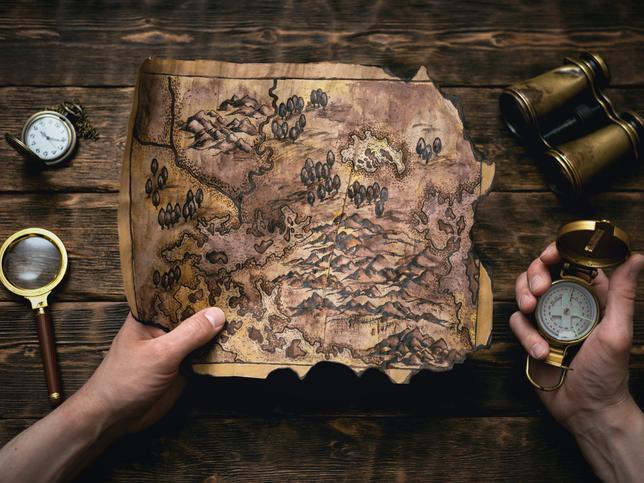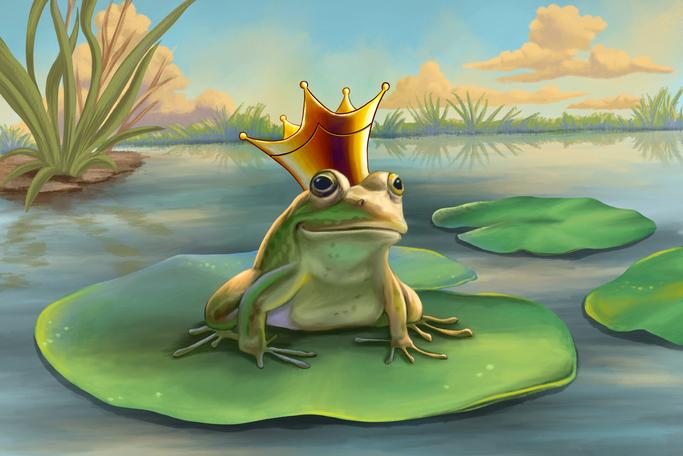
Set sail on the choppy waters of grant proposals with the 3 Gs approach
In the manga series One Piece, Monkey D. Luffy pursues his dream of becoming a pirate king. He recruits crew members with diverse skills and embarks on a quest, encountering countless obstacles in his pursuit of the legendary One Piece treasure. Reading it, I was reminded of a principal investigator assembling a multidisciplinary team of experts and going in search of research funding, facing rejection after rejection along the way.
Despite the challenges Luffy faces, he perseveres with unwavering determination, belief in his dream and, most importantly, resilience. In academia, resilience skills are essential tools for dealing with rejection and achieving the ultimate goal: funding for groundbreaking research.
- The four key steps to writing a successful funding bid
- How to lose a grant in 10 ways
- A guide to writing grant proposals
As a researcher of psychology, I’ve reflected on the psychological attributes that have helped me build resilience and navigate the turbulent seas of grant proposal rejections. I’ll share three that I’ve adopted when writing grant proposals, an approach I name the 3 Gs: Grit, Growth mindset and Goal disengagement.
Grit
Grit is like a powerful engine that combines the fuel of passion with the driving force of perseverance. Perseverance alone is not enough. Without passion, the effort feels like a chore as it lacks the intrinsic motivation necessary for enduring challenges and setbacks, leading to exhaustion and burnout. Conversely, passion alone lacks the resilience needed to overcome setbacks. Integrating the qualities of perseverance and passion, you can develop grit by defining clear, meaningful goals and immersing yourself in activities that captivate your attention and passion.
Growth mindset
Growth mindset is the belief that your intelligence and abilities can be developed through effort and learning. People with a growth mindset see challenges as opportunities to learn and grow, while those with a fixed mindset view them as setbacks that prove their limitations. As a researcher, you can develop a growth mindset by analysing your failures to identify areas for improvement. Approach future problems with new strategies, and seek constructive criticism from colleagues and mentors to improve your research methods and writing. Celebrate the hard work you put into a project, not just the outcome, and view your colleagues’ achievements as inspiration, not a threat.
Growth mindset and grit often work hand in hand. Growth mindset is a belief system, while grit is a personality trait. Growth mindset can foster grit, as it encourages people to see challenges as opportunities to learn and grow, leading to increased motivation and perseverance.
Grit can help people maintain a growth mindset, allowing them to push through setbacks and continue working towards their goals. This can prevent them from giving up or developing a fixed mindset. Adopting a growth mindset allows researchers to reflect on their failures and consider strategies that might improve their research proposals. Possessing grit enables researchers to stay on course and keep driving towards their goals.
Goal disengagement
The goal disengagement theory refers to the psychological processes involved in detaching from unattainable goals. To clarify, goal disengagement is not about giving up your dream entirely. It can serve as a buffer for overzealous use of the two previous factors, growth mindset and grit, which may become ineffective.
More specifically, goal disengagement involves adjusting the relative value of the goal, reappraising the loss and reallocating resources towards new pursuits. For instance, I was fixated on writing grants based on popular ideas and had jumped on a bandwagon for which I did not have the right reins. When the first two proposals relating to this idea failed, I decided to end the pursuit. Disengaging from the initial idea led me to focus more on research topics closer to my heart, and which I have more experience in. Because of this, I then had a new idea, and its proposal was awarded in a competitive grant call. In retrospect, I am glad that I was unable to conduct the earlier two studies because it would have meant pursuing research that I might not have found particularly meaningful.
While the 3 Gs approach has worked relatively well for me, carving out a research proposal and applying for grants is a personal journey, and this approach may not work for every researcher. We each evolve into a pirate king in our own right, and you may adopt part of the 3 Gs approach or integrate the approach in your current strategies. Like finding the One Piece treasure, the path of our research journey is uncertain. My wish is for you to track down your One Piece and use it for the betterment of the world.
Peter Tay is an assistant professor at Singapore Institute of Technology.
If you would like advice and insight from academics and university staff delivered direct to your inbox each week, sign up for the Campus newsletter.




